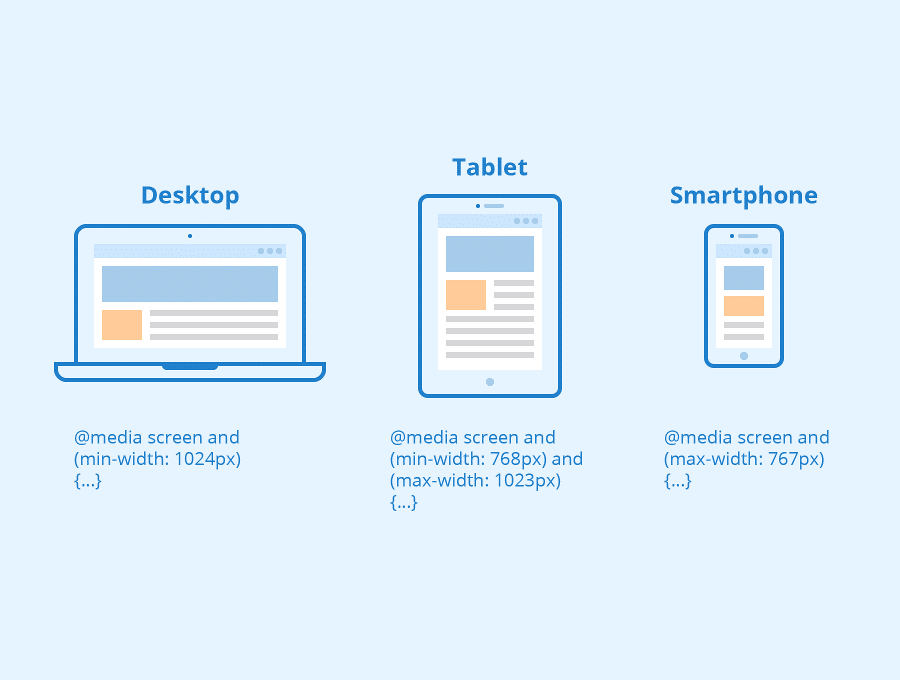

On mobile phones, this process is automatic the site checks for the available space and then presents itself in the ideal arrangement. If you open a responsive site on the desktop and then change the size of the browser window, the content will move dynamically to arrange itself (at least in theory) optimally for the browser window. Responsive designs respond to changes in browser width by adjusting the placement of design elements to fit in the available space.Ī responsive website shows content based on the available browser space. The term Responsive Design was first coined by the web designer and developer Ethan Marcotte in his book, Responsive Web Design. Copyright terms and licence: CC BY-SA 3.0 Responsive DesignĪuthor/Copyright holder: Muhammad Rafizeldi. The boundaries may seem blurred to those without experience of either style of design, but there are clear differences when you look more closely at the two. There is a certain amount of confusion as to the difference between responsive designand adaptive design. Designers looking to bridge the gap between devices have two options for their designs: the adaptive site or the responsive site.Īuthor/Copyright holder: Stéphanie Walter. From the giant corporate monitor to the smartwatch, there are a huge number of ways that users can access information online today. This is a challenge that every web and app designer currently faces. With the pervasiveness and diversity of mobile devices, as designers we need to cater to the variety of screen sizes.


Choosing with insight can empower you to plan and execute your designs with better aim, purpose and results. The differences between responsive and adaptive design approaches spotlight important options for us as web and app designers.


 0 kommentar(er)
0 kommentar(er)
